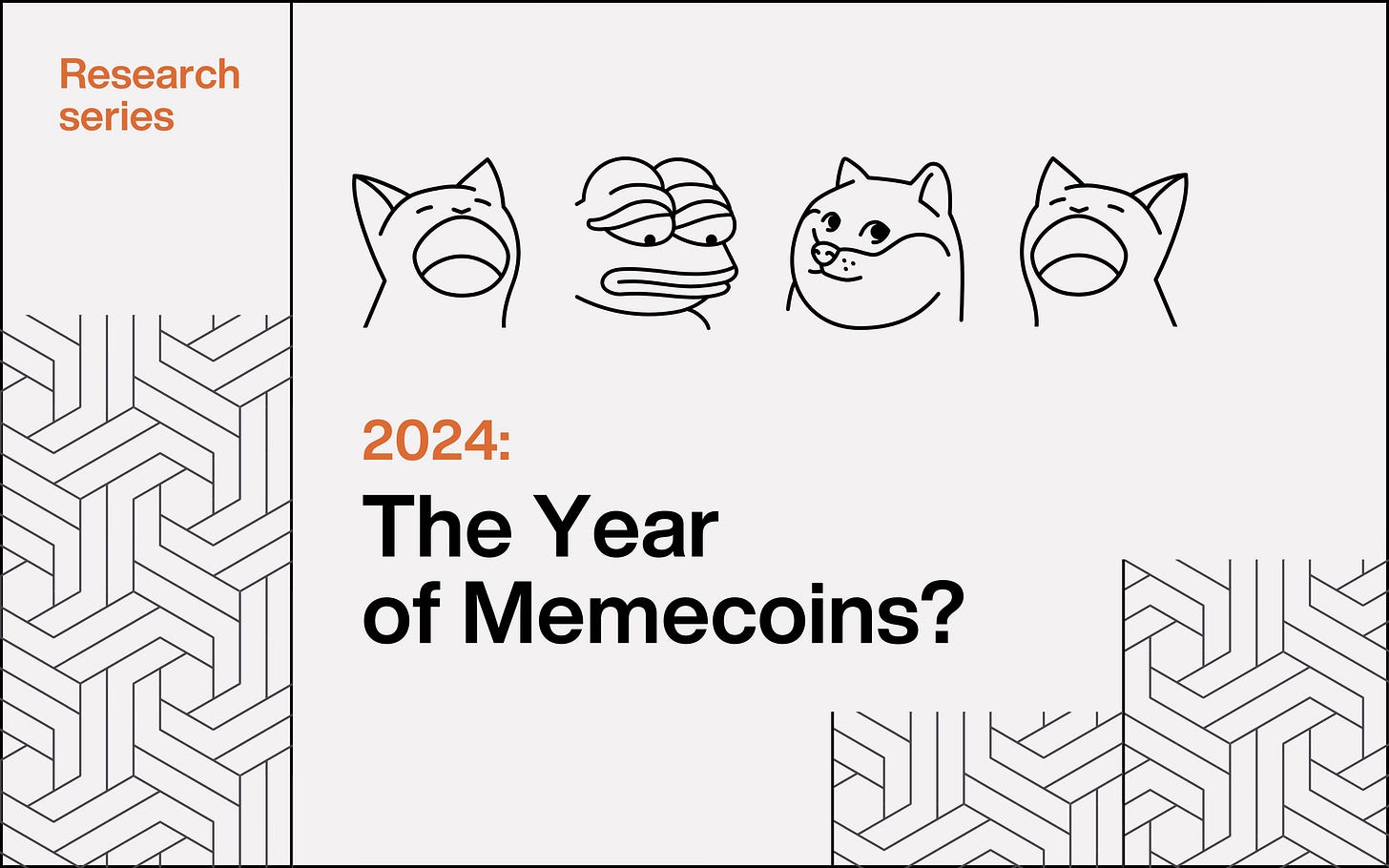Are Memecoins a Springboard to Gains This Bull Run?
Many have dubbed this year as the "Year of Memecoins." In this publication, I offer my perspective on the current memecoin market, its key drivers, and unexpected risks.
During the last few weeks, memecoins have overshadowed all other Web3 narratives, making it seem to regular users that the meme train is the only way to achieve good returns.
After the run of $PNUT, $PEPE, $BONK, $BRETT, and a few others, and with memecoins achieving the largest daily volumes alongside the growing popularity of the "meme" category, it's…
Keep reading with a 7-day free trial
Subscribe to Stacy in Dataland to keep reading this post and get 7 days of free access to the full post archives.




